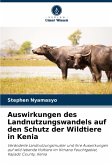
Broschiertes Buch
Veränderte Landnutzungsmuster und ihre Auswirkungen auf wild lebende Huftiere im Kimana Feuchtgebiet, Kajiado County, Kenia
9. Dezember 2024
Verlag Unser Wissen
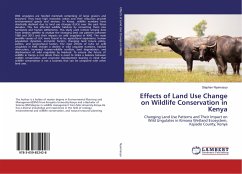
Broschiertes Buch
Changing Land Use Patterns and Their Impact on Wild Ungulates in Kimana Wetland Ecosystem, Kajiado County, Kenya
17. März 2016
LAP Lambert Academic Publishing
Broschiertes Buch
Mudança dos padrões de uso da terra e o seu impacto nos ungulados selvagens no ecossistema das zonas húmidas de Kimana, Condado de Kajiado, Quénia
9. Dezember 2024
Edições Nosso Conhecimento
Broschiertes Buch
Cambios en los patrones de uso de la tierra y su impacto sobre los ungulados silvestres en el ecosistema del humedal de Kimana, condado de Kajiado, Kenia
9. Dezember 2024
Ediciones Nuestro Conocimiento
Broschiertes Buch
Modification des modes d'utilisation des sols et leur impact sur les ongulés sauvages dans l'écosystème de la zone humide de Kimana, dans le comté de Kajiado, au Kenya
9. Dezember 2024
Editions Notre Savoir
Broschiertes Buch
Il cambiamento dell'uso del suolo e il suo impatto sugli ungulati selvatici nell'ecosistema della zona umida di Kimana, nella contea di Kajiado, Kenya
9. Dezember 2024
Edizioni Sapienza
Broschiertes Buch
Veranderende patronen van landgebruik en hun invloed op wilde hoefdieren in het Kimana Wetland Ecosysteem, provincie Kajiado, Kenia
9. Dezember 2024
Uitgeverij Onze Kennis
Ähnliche Artikel
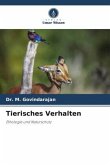
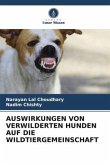
Broschiertes Buch
27. Mai 2022
Verlag Unser Wissen
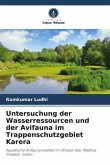
Broschiertes Buch
Aquatische Avifaunenvielfalt im Dihaila-See, Madhya Pradesh, Indien
16. Januar 2023
Verlag Unser Wissen
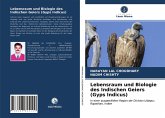
Broschiertes Buch
In einer ausgewählten Region der Division Udaipur, Rajasthan, Indien
6. Juli 2021
Verlag Unser Wissen
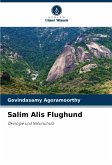
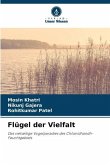
Broschiertes Buch
Das vielseitige Vogelparadies des Chharidhandh-Feuchtgebiets
19. September 2023
Verlag Unser Wissen

Broschiertes Buch
Verständnis der Auswirkungen von Chemikalien auf aquatische Ökosysteme
22. Januar 2024
Verlag Unser Wissen

Broschiertes Buch
10. April 2024
Verlag Unser Wissen
Ähnlichkeitssuche: Fact®Finder von OMIKRON
